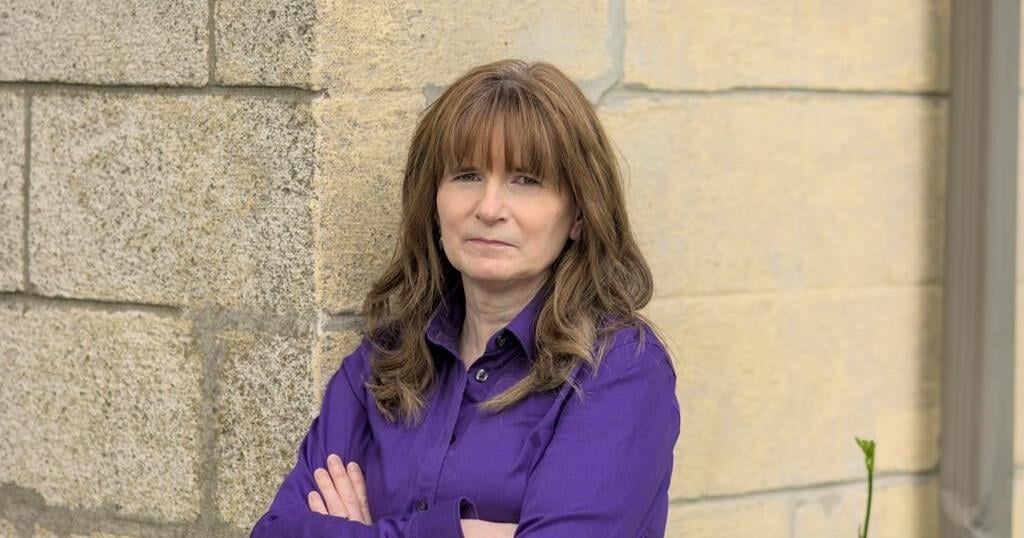HALIFAX – The tax base for municipalities across Nova Scotia isn’t keeping up with the cost of services and programs, and local governments need to get creative in finding new revenue, including by asking Ottawa for a cut of personal income taxes.
That idea for new money is included in a report released Wednesday calling for a major reconsideration of how Nova Scotia’s villages, towns and cities deal with a range of issues from taxation and public transit to climate change and housing.
Released by the Nova Scotia office of the Canadian Centre for Policy Alternatives, the 79-page report calls for its ideas to “become part of the debate around the municipal elections in the fall.” Provincewide municipal elections in Nova Scotia are set for Oct. 19.
“We want municipal council candidates to pledge their support for these ideas and for newly elected councillors and councils to run with them,” says the report by the think tank.
A big problem for municipalities is that their tax base — composed mostly of property taxes — isn’t keeping up with costs, says the report, called “Building Inclusive Communities; A policy agenda for Nova Scotia municipalities that leaves no one behind.”
For the 2021-22 fiscal year, 65 per cent of operating revenue for Cape Breton Regional Municipality came from property taxes; in Halifax Regional Municipality it was 81 per cent. The average across all municipalities is 63 per cent, says the report.
“Municipalities are overly dependent on property taxes — diversifying municipal revenue sources is the solution,” says the report. It recommends steps such as working with the Canada Revenue Agency to collect municipal personal income taxes, adding that a one-per-cent tax on the richest residents could raise tens of millions of dollars to pay for public services and infrastructure.
“It’s a federal way in that would actually bypass the provincial government and (tax revenue) would go directly to municipalities and allow them to figure out how to address the needs in their community,” said Christine Saulnier, one of the report’s three co-authors.
The report suggests that other possible revenue streams could be found through a new per-kilometre levy on ride-sourcing and delivery companies.
Perhaps an even more significant step, Saulnier said, would be to bring services that have been contracted out to private companies, such as snow removal and waste collection, back under public control. Doing so could bring significant savings, she said.
The report cites several examples, including in Port Hawkesbury, N.S., where council dropped its $350,000 contract for snow removal in 2014 — lowering the cost to $216,000. Halifax meanwhile, assumed responsibility for parking enforcement in 2017 and projected a yearly cost savings of $100,000, or about eight per cent.
Saulnier said having in-house municipal services is becoming important at a time when there are more climate emergencies due to heavy snowfall, fires, floods and hurricanes.
“You need municipal services to be able to respond quickly,” she said. “You should not be dealing with multiple different contractors and figuring out who is responsible for what.”
The report makes 37 recommendations, including that municipalities develop climate action plans, appeal for more federal and provincial funding for public transit and make stronger municipal bylaws to better protect tenants from being evicted during a time of housing shortages.
There are also several aimed at strengthening the democratic process, including lowering the voting age in municipal elections to 16 and allowing permanent residents to vote, and adopting participatory budgeting in which communities have a real say in where and how money is spent.
“I think it’s really critical that we look at issues such as how do we ensure people are more engaged and have significant input into the design of policies,” Saulnier said.
This report by The Canadian Press was first published July 3, 2024.

























